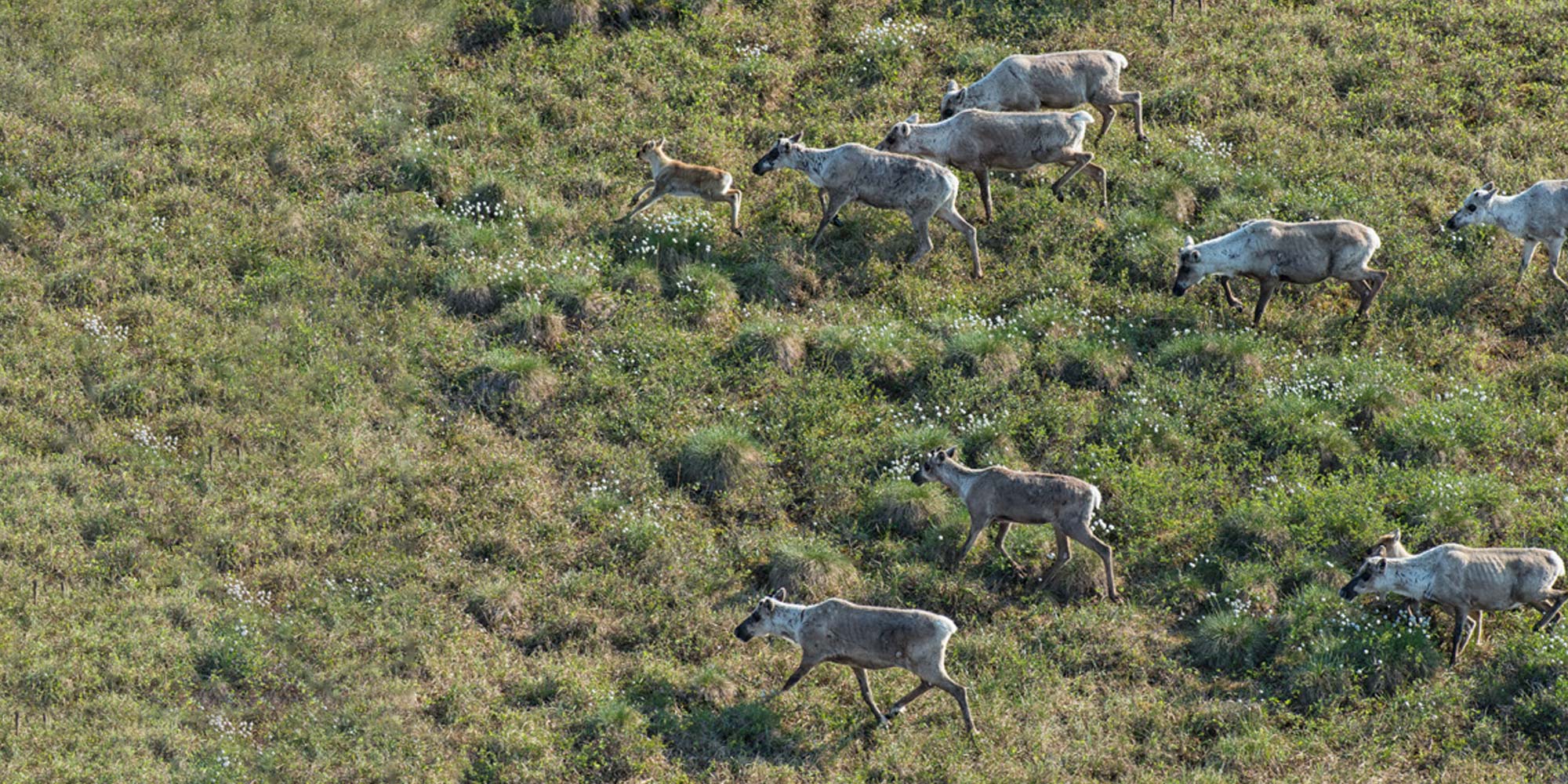Caribou have long been vital to the survival of Indigenous peoples in the north. Some archaeological evidence links people and caribou in Yukon and Alaska as early as 25,000 years ago. The caribou continue to have a special meaning to the Indigenous cultures of northern Canada and the relationship with caribou is deeply embedded in their cultural practices. When caribou were plentiful, people did well. When they were scarce, people starved. The importance of caribou to people can be partly gauged by the many traditional place-names across the north that refer to caribou directly. Many other place names refer to caribou indirectly, for instance indicating places to fish and travel while people were out in pursuit of caribou.
Quantifying the value of the caribou harvest to people in economic terms is difficult. The social and cultural implications of an absence of caribou are deeply felt. People worry about their ability to pass on elements of their culture to other generations, in terms of caribou hunting and handling traditions, and associated activities.
In addition to their importance as a food resource, caribou contributed much more to the material culture of Indigenous peoples. Caribou tents provided shelter. Clothing was often made from their skins, and the skins were also used for bedding. A book of Gwich’in knowledge about caribou lists 17 different uses for caribou hides, noting that this represents just a faction of the traditional uses for the hides. Among other things, they could be used for sails, for drums, for dog whips, and for dolls.

